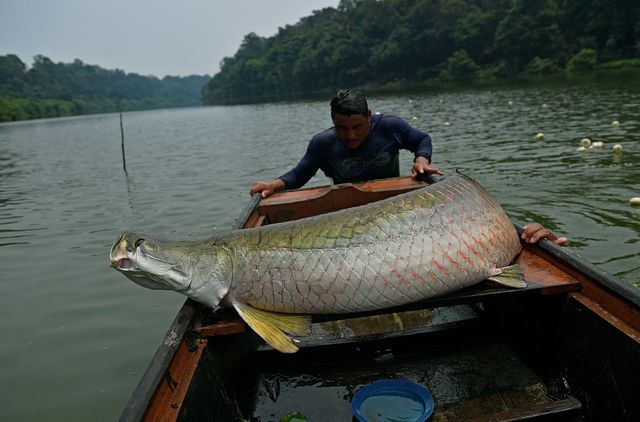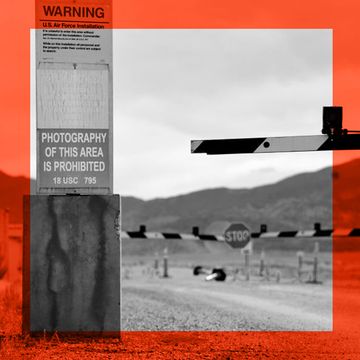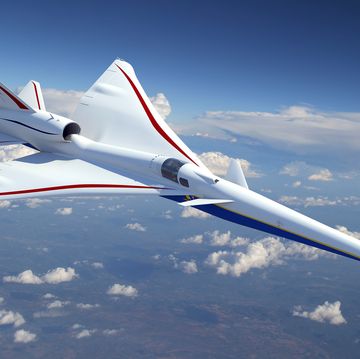- The U.S. Air Force is studying arapaima fish to determine how they can survive in piranha-infested waters.
- The arapaima evolved a unique scale design that helps it resist piranha bites, including up to 1.7 million pounds per square inch of pressure.
- This biomimicry technology could lead to more flexible armor for troops or vehicles, including aircraft.
The U.S. Air Force studied how an Amazonian fish can survive in the same waters as schools of deadly piranha. The arapaima, a slow-moving, torpedo-shaped fish should be easy prey for a pack of the carnivorous fish but it isn’t—thanks to the set of scales it’s evolved over millions of years. The Air Force hopes studying the scales could lead to better protection for humans and airplanes.
The arapaima fish is a flat-headed, air-breathing fish native to Brazil, Peru, and Guyana. The arapaima is possibly the world’s largest freshwater fish, reaching lengths of up to 10 feet and up to 440 pounds. The fish are air breathers, gulping air to survive and allowing it to live in oxygen-low waters.
But the arapaima’s real trick was evolving scales that can resist the sharp teeth of predators, especially piranha. According to Reuters, the scales are said to be impervious while still being flexible. Researchers credit millions of years of evolution in close proximity to deadly fish like the piranha.
Laboratory tests revealed the scales “have a hard mineralized outer layer to resist penetration that is bound to a tough-but-flexible inner layer by collagen—the main structural protein in skin and other connective tissues in the body.” Powerful bite-like motions deformed but did not destroy the collagen.
In other words, the Air Force wasn’t so much interested in the arrangement of the scales—we’re probably not seeing fish-scale armor any time soon—but how the individual scales protect the wearer.
In 2013, Lawrence Berkeley National Laboratory and UC Berkeley studied arapaima fish scales and discovered the collagen fibers in arapaima, “are arranged in parallel sheets, with each layer slightly twisted compared to those above and below.”
“Unlike a conventional staircase,” the Department of Energy later wrote, “Arapaima's inner layer can twist and compress when under stress...the scales reorient themselves—in real-time—to resist force. That increases both their strength and their ability to resist fracturing.”

Kyle Mizokami is a writer on defense and security issues and has been at Popular Mechanics since 2015. If it involves explosions or projectiles, he's generally in favor of it. Kyle’s articles have appeared at The Daily Beast, U.S. Naval Institute News, The Diplomat, Foreign Policy, Combat Aircraft Monthly, VICE News, and others. He lives in San Francisco.












